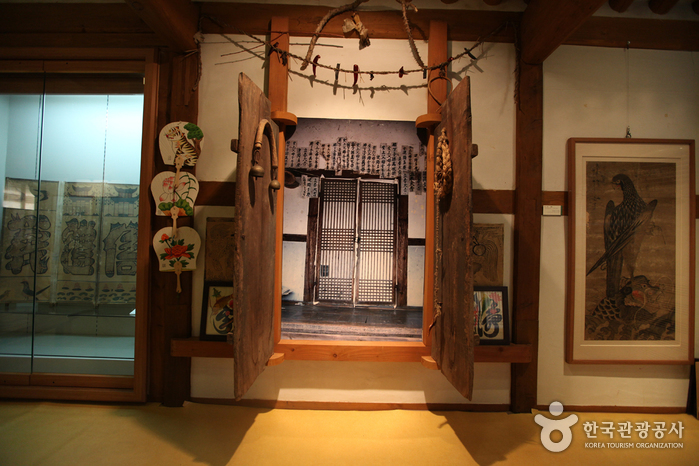All you need to know about 'Bukchon Hanok Village' in Seoul & must-visit places (2023 updates)
All you need to know about Bukchon Hanok Village
Bukchon Hanok Village is a traditional Korean village located in the heart of Seoul. It is known for its picturesque streets lined with traditional Korean houses, or "hanok," which date back to the Joseon Dynasty (1392-1910). The village is a popular tourist destination and offers visitors a glimpse into traditional Korean culture and architecture.
The village is also home to several cultural sites such as the Gahoe Museum, which showcases the history and culture of the Bukchon area, as well as the traditional Korean arts and crafts. Visitors can also take part in traditional Korean activities such as tea ceremonies, pottery making, and calligraphy.
Bukchon Hanok Village is also a popular location for film and television shoots and is often used as a backdrop in Korean dramas and movies. The village is also famous for its views of the city, offering a unique contrast between the traditional and modern architecture. The village has a long history, it is located on the hillside between Gyeongbok Palace and Changdeok Palace, two major royal palaces of the Joseon Dynasty.
The area was traditionally home to the upper classes of society, including high-ranking government officials and members of the royal family, and thus, the houses in the village are generally larger and more luxurious than those in other hanok villages.
Must-visit place in Hanok Village, Gahoe Museum
One must-visit place in Hanok Village in Bukchon, Seoul is the Gahoe Museum. The Gahoe Museum is a traditional Korean house that has been converted into a museum showcasing the history and culture of the Bukchon area. The museum offers visitors a glimpse into the traditional way of life of the upper classes of the Joseon Dynasty, with exhibits featuring traditional Korean furniture, clothing, and artifacts.
The Gahoe Museum also offers traditional Korean activities such as tea ceremonies, pottery making, and calligraphy classes, allowing visitors to experience traditional Korean culture firsthand. The museum also has a traditional Korean garden, which is a great place to relax and take in the peaceful atmosphere of the village.
The Gahoe Museum also offers a guided tour in English, which is great for visitors who want to learn more about the history and culture of the Bukchon area. Overall, the Gahoe Museum is a great place to visit if you want to learn more about traditional Korean culture and experience it firsthand.
Other must-visit places in Hanok Village
In addition to the Gahoe Museum, there are several other must-visit places in Hanok Village in Bukchon, Seoul.
Samcheong-dong: This neighborhood is located just south of Bukchon Hanok Village and is known for its charming streets lined with traditional Korean houses, art galleries, and trendy cafes. Visitors can explore the area on foot, taking in the picturesque scenery and visiting the various shops and cafes.
Bukchon Traditional Culture Center: This center offers visitors a chance to experience traditional Korean culture firsthand, with activities such as traditional Korean music performances, hanbok (traditional Korean clothing) dressing, and calligraphy classes.
Bukchon Sonagi (Rain Shower) Street: This street is known for its traditional Korean houses and its cherry blossom trees that bloom in spring, making it a popular spot for photography.
Namsangol Hanok Village: This village is a restored traditional Korean village that offers visitors a chance to experience traditional Korean culture and architecture. Visitors can take part in traditional Korean activities such as making traditional Korean crafts and experiencing traditional Korean tea ceremonies.
Bukchon Traditional Korean Tea House: This tea house offers a traditional Korean tea ceremony experience, where visitors can learn about the history and culture of traditional Korean tea and taste different types of traditional Korean tea.
These are a few must-visit places in Hanok Village in Bukchon, Seoul, to experience the traditional Korean culture and architecture, as well as to enjoy the picturesque scenery and take a break from the bustling city.




Comments